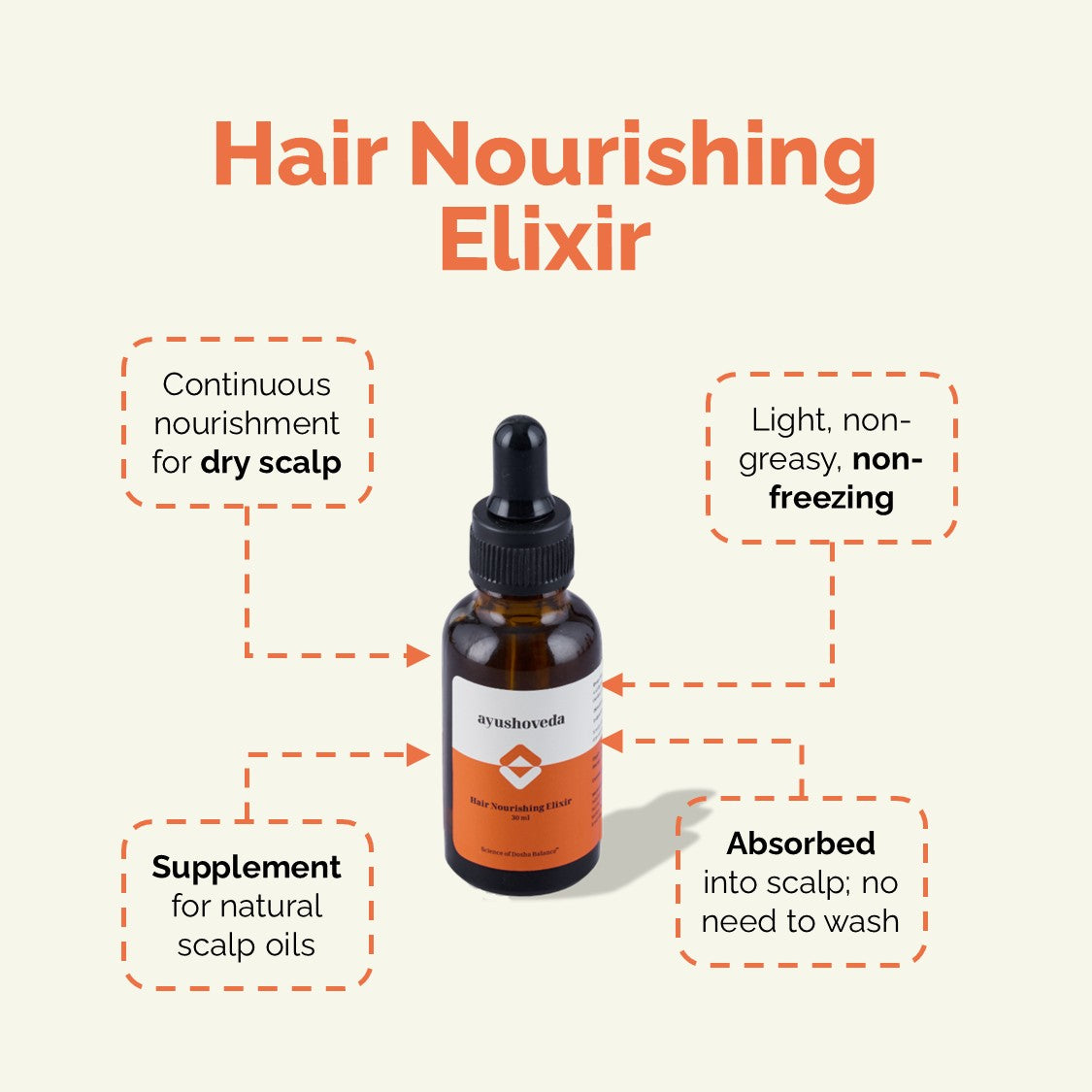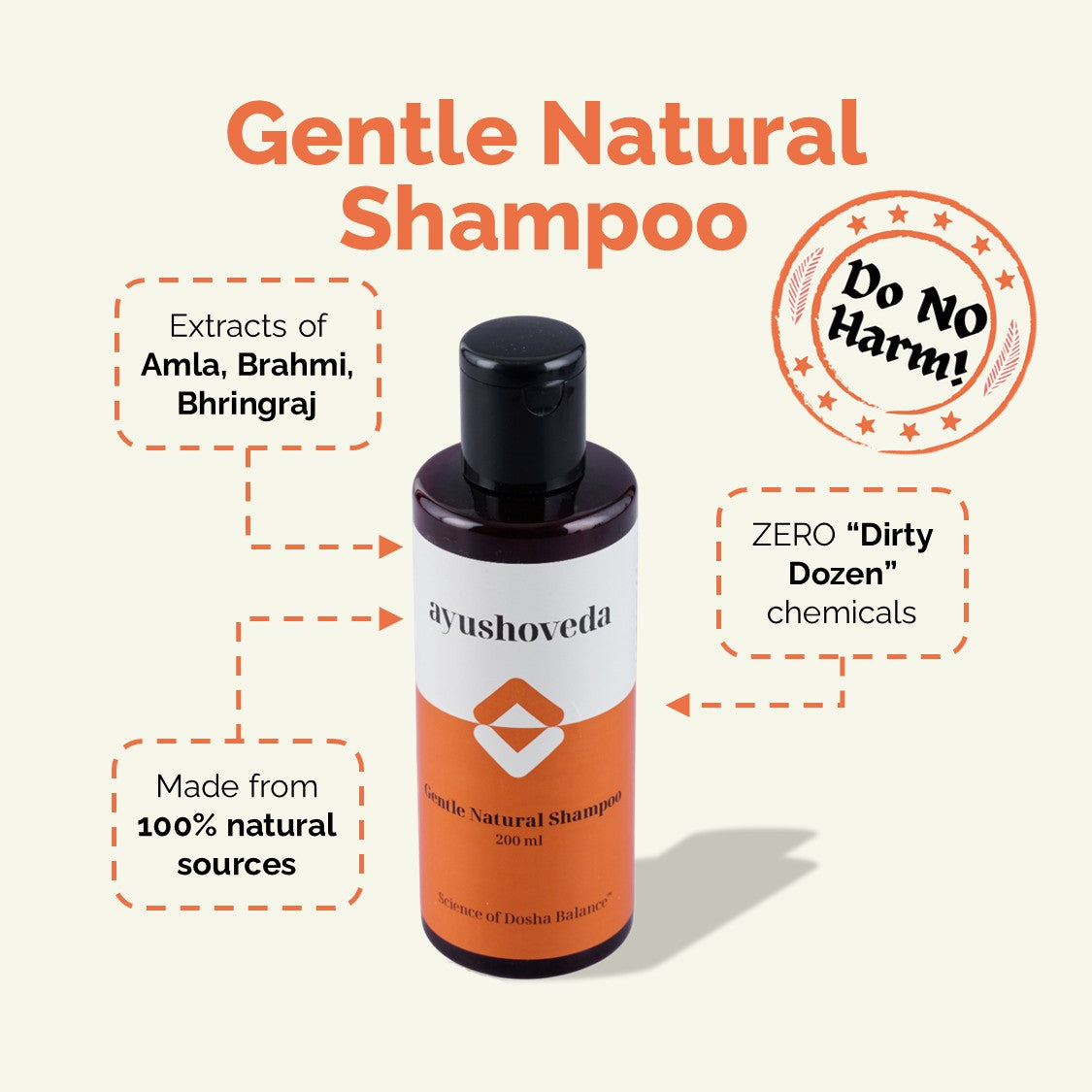Idli — soft, fluffy, steamed, and beloved across India — is often held up as the gold standard of a “healthy breakfast.” But according to Ayurveda, that reputation deserves a closer look.
Let’s look at two major reasons why.
1. Fermented Batter = Pishtannam
In classical Ayurvedic texts, ground and fermented batter is referred to as "Pishtannam" in Sanskrit. And guess what?
Pishtannam is listed among unhealthy foods in the Ayurvedic tradition.
That’s a bold statement. Fermentation is often praised in modern nutrition circles, but Ayurveda takes a more nuanced view: fermented and ground foods can be heavy, cold, and aggravating to the doshas, particularly if eaten regularly or in the wrong season or body condition.
So next time you think about what you’re eating each morning, ask yourself: How many foods in your diet are made from ground and fermented batter?
Idli. Dosa. Bread. Buns. Cake. Biscuits.
It adds up quickly.
2. Urad Dal: The Most Tamasic Pulse?
The second strike comes from the ingredient list.
One of the core components of idli and dosa batter is urad dal (Masha in Sanskrit, Uzhunnu in Malayalam). And in Ayurveda, Masha is considered one the most aggravating of all pulses — heavy, sticky, gas-forming, and tamasic in nature.
So we’re not just dealing with fermented batter here — we’re also fermenting it with an ingredient that’s already considered difficult to digest and energetically dulling.
Ground + fermented + urad = a triple "dhishoom" for your gut and energy.
Food for Thought
This isn’t about fearmongering or food shaming. It’s about pausing and questioning long-held assumptions, especially when traditional knowledge offers a different lens.
Just because it is steamed and not made with oils, does not mean it is always healthy.
Idli is okay for you in moderation, during certain seasons, or when well-balanced with spices and digestion-boosting side dishes. But if it’s your everyday breakfast, your might reconsider.
Ayurveda invites us to notice not just what we eat — but how it’s prepared, how often, and how our body responds.
And that’s the real recipe for health.















